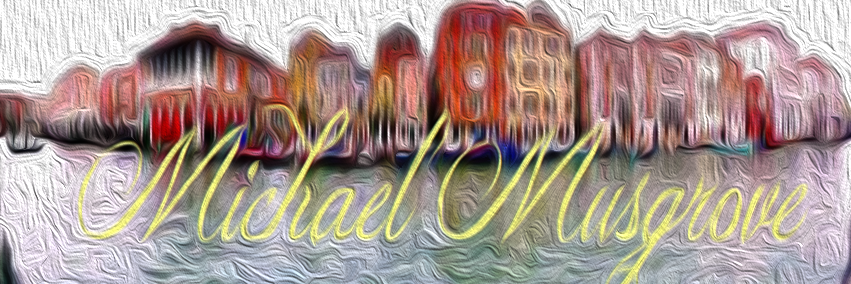When photography arrived in the 19th century, it didn’t simply capture images—it ignited controversy. Painters and portraitists accused cameras of being soul-stealing contraptions that would cheapen art and rob them of work. Critics warned of intellectual property theft: if anyone could reproduce an image mechanically, what value remained in painstakingly created portraits? Supporters, meanwhile, insisted the new device would democratize image-making, preserve memory, and open entirely new creative frontiers.
The arguments sound familiar today. Artificial intelligence is our modern “camera moment.”
Fear of theft and dilution
In the 1800s, artists accused photographers of stealing their craft by replacing brushstrokes with glass plates. Today, illustrators, writers, and musicians accuse AI models of training on their work without permission. Both moments hinge on the same fear: that technology cheapens originality. Yet just as early photography did not erase painting—it transformed it—AI is unlikely to erase art or human creativity. Instead, it shifts the center of gravity.
Democratization of tools
Before cameras, portraits were luxuries reserved for the wealthy. Suddenly, ordinary families could capture likenesses they could never afford on canvas. Photography opened a new market and a new way of seeing. AI promises the same kind of democratization. Complex tasks—market research, design mockups, even software prototyping—can be done by small businesses or individuals who lack resources to hire specialists. That doesn’t kill expertise; it expands access.
Supplement vs. replacement
When photography spread, skeptics predicted the death of painting. But painters adapted. Impressionists leaned into what cameras could not do: capturing subjective light, movement, and emotion. Photography didn’t end painting; it expanded the boundaries of visual expression. AI will likely follow the same trajectory. Writers, designers, and engineers who adapt will find their work amplified, not erased. The folly lies in insisting that the old boundaries define the future.
Legitimacy battles
Cameras had to fight for cultural legitimacy. Early photographs were dismissed as mechanical tricks unworthy of the label “art.” Decades later, photography earned a place in galleries and museums. Today AI faces similar dismissal: “not real writing,” “not real art.” The pattern suggests that acceptance is less about the tool and more about the cultural willingness to expand definitions of creativity.
The likely outcome
History rarely repeats perfectly, but it rhymes. The camera didn’t annihilate painting; it changed what painting meant. It didn’t erase artistry; it gave artists new materials to wrestle with. AI, too, will survive its cycle of suspicion. Laws, norms, and markets will adjust. Dissenters will remain, but adoption will be too widespread, too useful, and too woven into daily life to reverse.
The camera won. AI will too. The fight is never about whether the tool exists—it’s about how we choose to use it.
